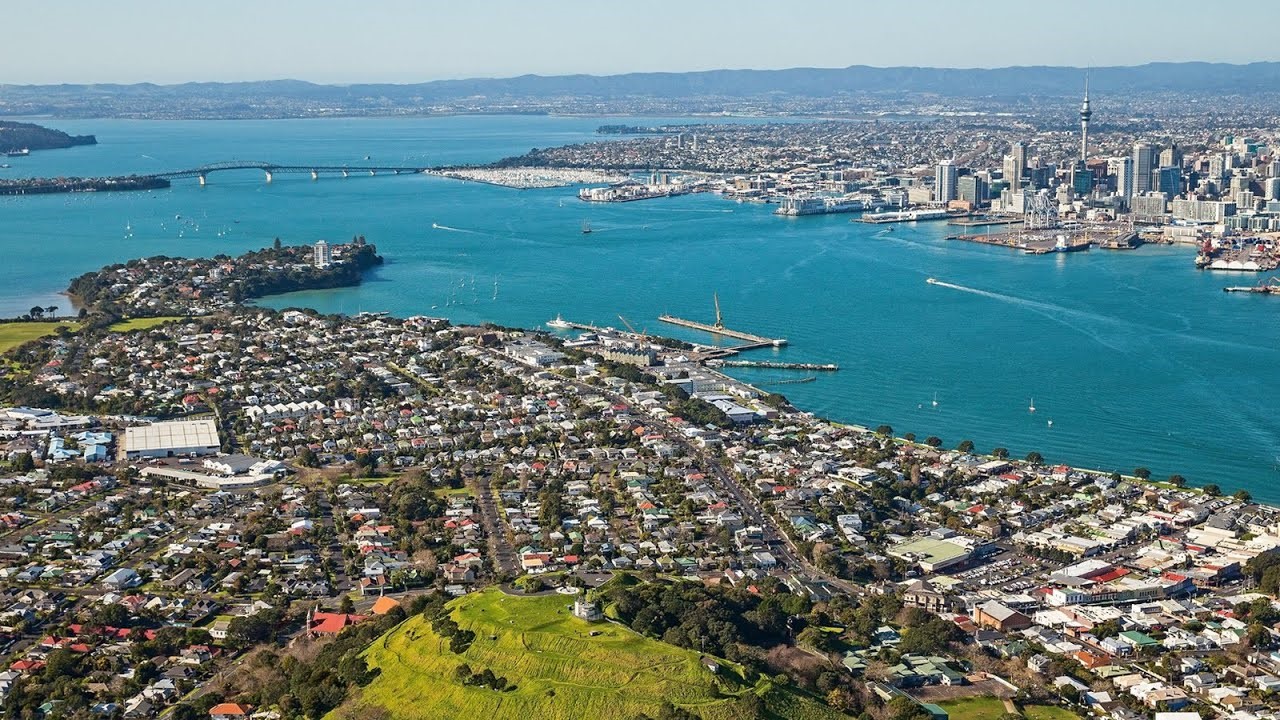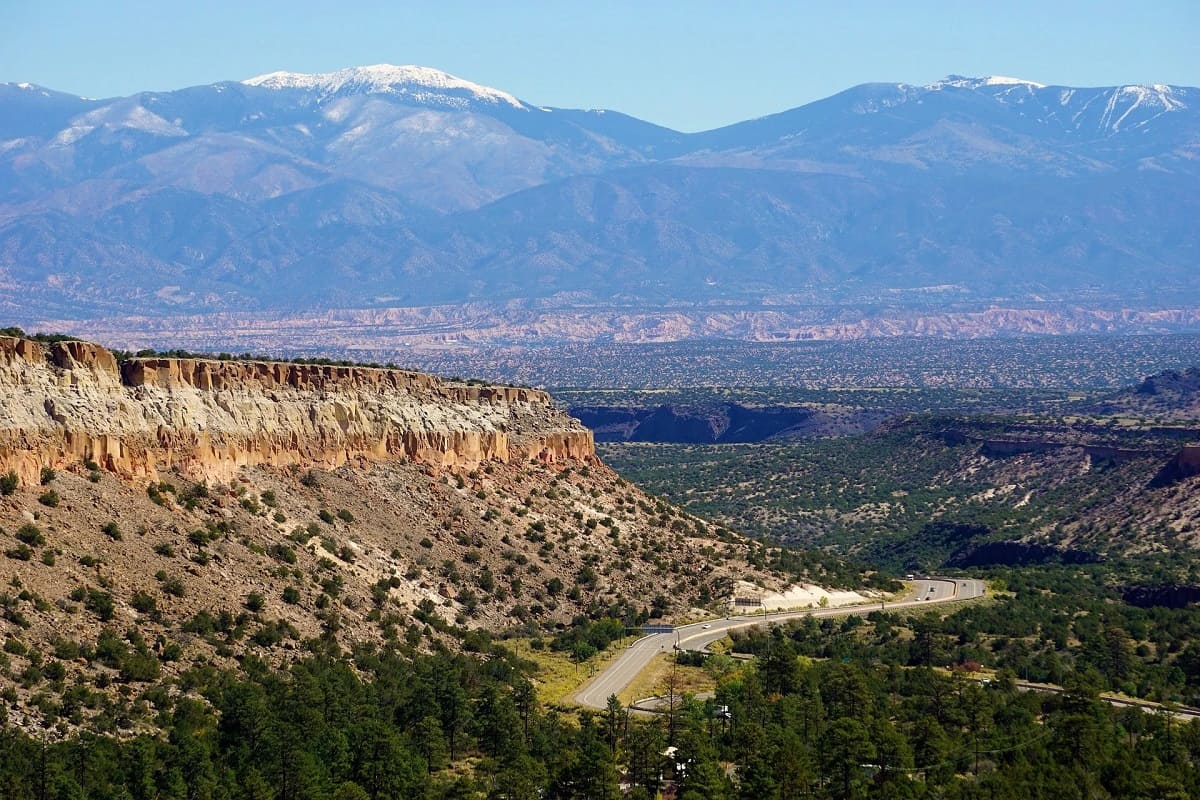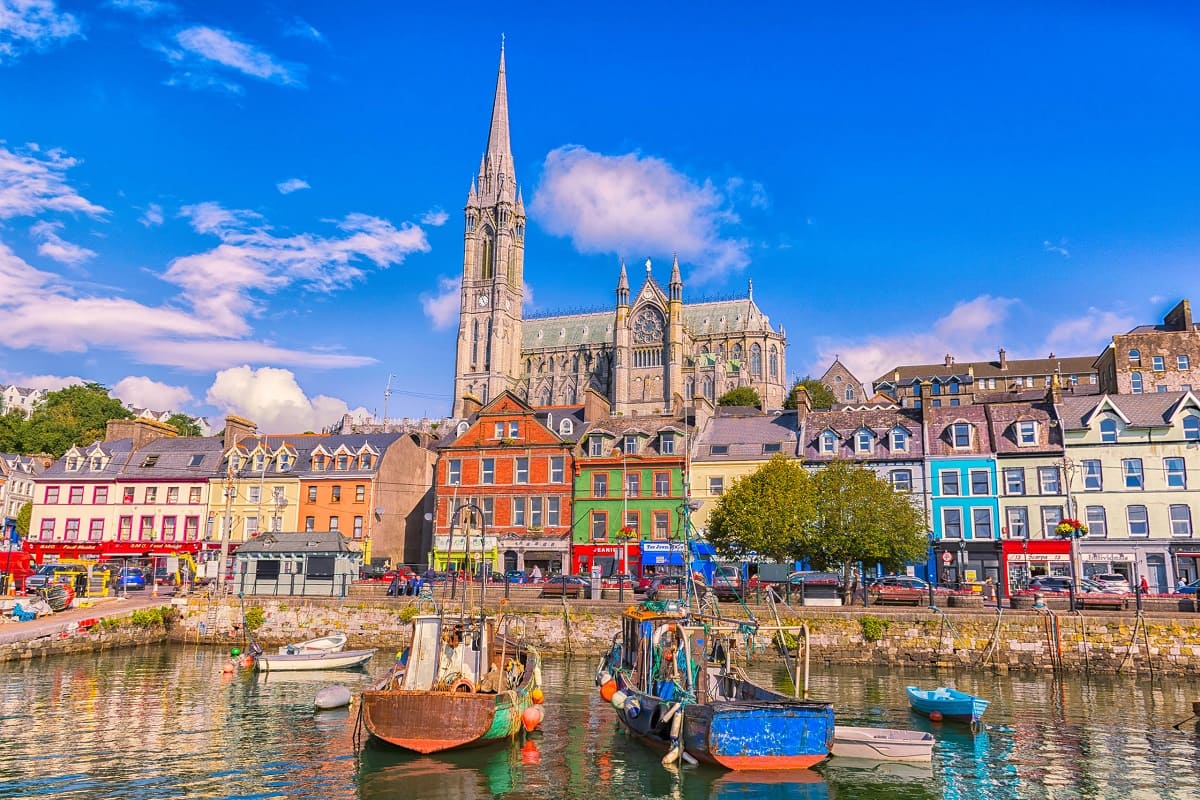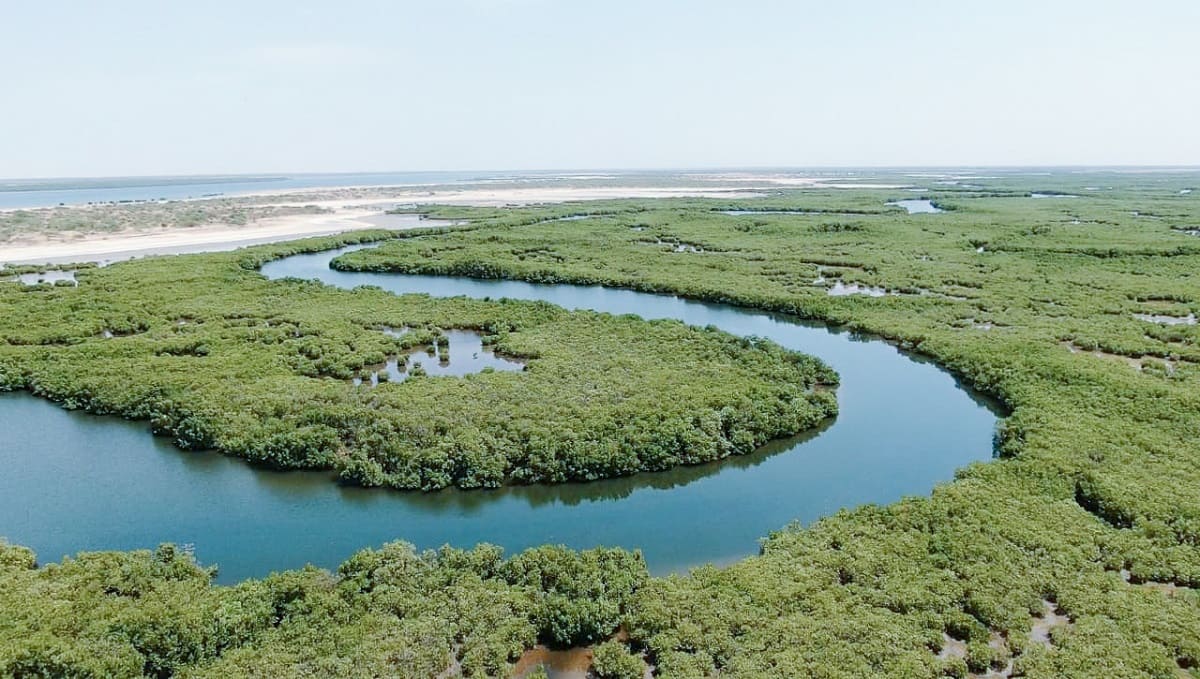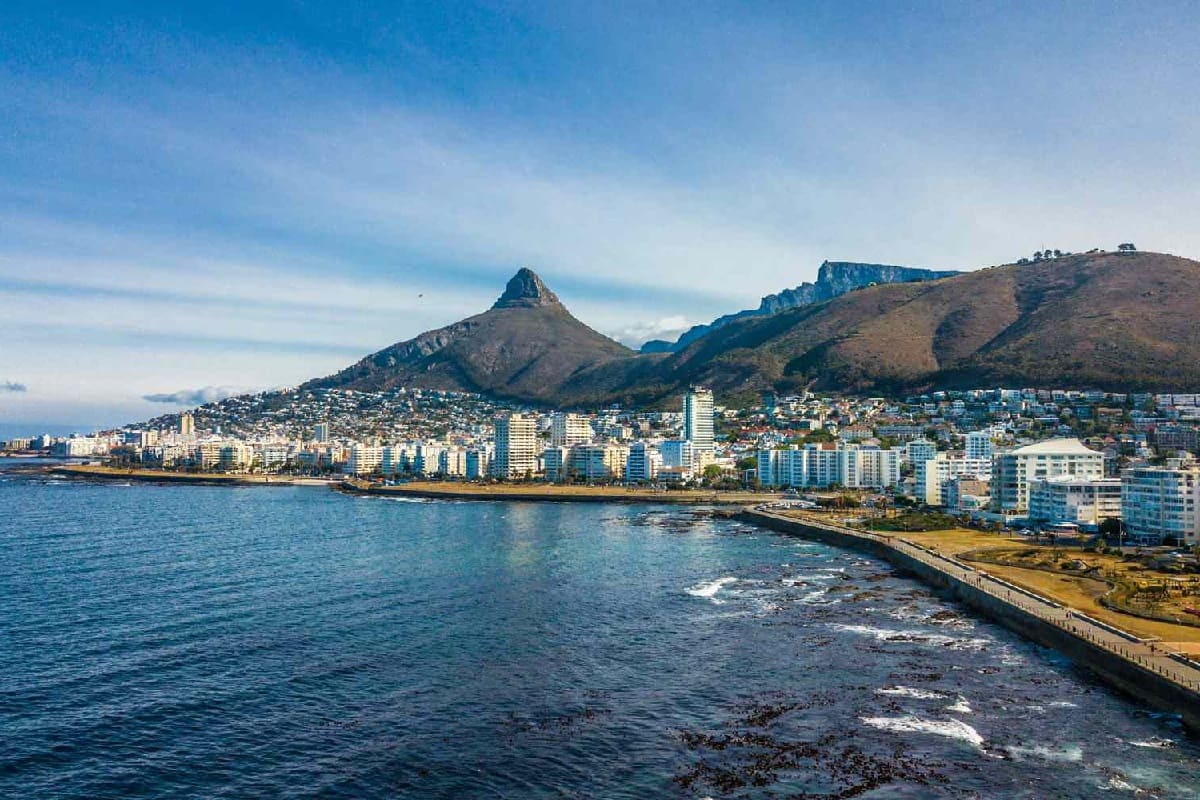Home>Weather and Climate>Understanding The Climate Of San Francisco: A Comprehensive Guide


Weather and Climate
Understanding The Climate Of San Francisco: A Comprehensive Guide
Published: March 1, 2024
Discover the weather and climate of San Francisco with our comprehensive guide. Gain insights into the city's unique climate patterns and seasonal variations.
(Many of the links in this article redirect to a specific reviewed product. Your purchase of these products through affiliate links helps to generate commission for Temperatures.com, at no extra cost. Learn more)
Table of Contents
Introduction
Welcome to the vibrant city of San Francisco, where the weather and climate are as diverse as the culture and landscapes. Nestled along the picturesque coastline of Northern California, San Francisco is renowned for its iconic landmarks, including the Golden Gate Bridge, Alcatraz Island, and the rolling fog that blankets the city. As you embark on a journey to understand the climate of San Francisco, you'll discover a fascinating tapestry of meteorological phenomena and climatic nuances that shape the city's unique atmospheric character.
San Francisco's climate is a captivating blend of influences, from the cooling marine layer that sweeps in from the Pacific Ocean to the microclimates that create distinct weather patterns across the city's varied topography. Whether you're strolling through the bustling streets of downtown or exploring the tranquil beauty of Golden Gate Park, you'll find that the weather in San Francisco can change dramatically within just a few miles, adding an element of surprise to your outdoor adventures.
In this comprehensive guide, we will delve into the geographical features that contribute to San Francisco's climate, unravel the intricate weather patterns that define its seasons, and explore the impact of climate change on this dynamic region. Additionally, we'll provide valuable tips for navigating the ever-changing climate of San Francisco, empowering you to make the most of your visit while staying prepared for the elements.
Join us as we embark on an enlightening journey through the weather and climate of San Francisco, gaining a deeper understanding of the atmospheric tapestry that shapes this captivating city.
Read more: San Francisco May Weather Guide
Geography of San Francisco
San Francisco's geographical features play a pivotal role in shaping its distinctive climate. Situated on the tip of a peninsula, the city is flanked by the vast expanse of the Pacific Ocean to the west and the sheltering embrace of the San Francisco Bay to the east. This strategic positioning exposes the city to a myriad of atmospheric influences, resulting in a rich tapestry of microclimates and weather patterns.
The city's topography is characterized by undulating hills, including the renowned Twin Peaks and the iconic slopes of Nob Hill, which contribute to the formation of microclimates. As the marine layer sweeps in from the ocean, it encounters these elevations, leading to dramatic variations in temperature and fog density across different neighborhoods. This phenomenon creates the quintessential San Francisco experience of encountering pockets of misty fog nestled between sun-drenched streets.
Furthermore, the Golden Gate Bridge serves as a gateway for the cool, moist air from the Pacific Ocean, which funnels through the iconic strait and permeates the city. This maritime influence brings about the characteristic fog that blankets the Golden Gate Bridge and shrouds the city in a mystical veil, adding to its enigmatic allure.
The city's proximity to the ocean also contributes to its moderate climate, with the ocean acting as a natural regulator of temperature. During the summer, the oceanic influence keeps the city relatively cool, while in the winter, it prevents extreme cold, resulting in mild and temperate conditions throughout the year.
San Francisco's unique geography, with its juxtaposition of oceanic expanses and sheltered bays, creates a dynamic interplay of climatic forces that define the city's atmospheric identity. Understanding these geographical intricacies is essential for comprehending the diverse weather patterns and microclimates that characterize San Francisco, setting the stage for a deeper exploration of its captivating climate.
Weather Patterns in San Francisco
San Francisco's weather patterns are as diverse and dynamic as the city itself, offering a captivating tapestry of meteorological phenomena that unfold throughout the year. The city's unique geography, characterized by its proximity to the Pacific Ocean and the intricate interplay of microclimates, gives rise to a fascinating array of weather patterns that contribute to San Francisco's atmospheric allure.
Summer Splendor and the Marine Layer: During the summer months, San Francisco experiences a distinctive weather pattern known as the marine layer. This phenomenon occurs when cool, moist air from the Pacific Ocean is drawn inland, shrouding the city in a blanket of fog. As the marine layer sweeps over the iconic hills and through the Golden Gate, it creates a striking contrast between the sun-drenched inland areas and the misty, cool coastal regions. This natural air conditioning brings relief from the heat, offering a refreshing respite for residents and visitors alike.
Autumnal Transitions and Indian Summers: As autumn unfolds, San Francisco undergoes a transition marked by Indian summers, characterized by warm, sunny days that provide a delightful extension of the summer season. This period is often accompanied by clear skies and balmy temperatures, creating an idyllic backdrop for outdoor activities and leisurely strolls along the city's picturesque waterfront. However, the arrival of autumn also heralds the return of the marine layer, signaling the onset of cooler evenings and the ethereal presence of fog that weaves its way through the city's iconic landmarks.
Winter Whims and Chilly Charms: In winter, San Francisco experiences cooler temperatures, with the marine layer casting a mystical veil over the city. The winter months bring intermittent rainfall, contributing to the lush greenery that adorns the city's parks and gardens. While the coastal areas may be enveloped in fog, the inland neighborhoods often enjoy clearer skies and brisk, invigorating air. This seasonal contrast adds a touch of enchantment to the city's ambiance, inviting residents and visitors to embrace the cozy charm of winter in San Francisco.
Springtime Awakening and Floral Flourishes: As spring unfolds, San Francisco experiences a vibrant awakening marked by blooming flora and a sense of renewal. The city's parks and gardens burst into a kaleidoscope of colors, creating a picturesque backdrop for outdoor enthusiasts and nature lovers. The marine layer gradually recedes, giving way to sunnier days and milder temperatures, setting the stage for al fresco dining and leisurely explorations of the city's verdant landscapes.
In essence, San Francisco's weather patterns offer a captivating journey through the seasons, each characterized by its own distinct charm and atmospheric nuances. From the ethereal embrace of the marine layer to the sun-kissed splendor of Indian summers, the city's weather patterns weave a mesmerizing tapestry that adds a touch of enchantment to every visit. Understanding these weather patterns is essential for embracing the dynamic climate of San Francisco and immersing oneself in its atmospheric wonders.
Climate Zones in San Francisco
San Francisco's diverse topography and proximity to the Pacific Ocean give rise to a fascinating array of microclimates, creating distinct climate zones that contribute to the city's atmospheric mosaic. These climate zones, characterized by variations in temperature, fog density, and precipitation, add a layer of complexity to San Francisco's climatic tapestry, offering unique experiences across different neighborhoods.
Coastal Climate Zone:
The coastal areas of San Francisco, including the iconic Sunset and Richmond districts, are influenced by the cooling effects of the Pacific Ocean. This coastal climate zone is characterized by relatively cooler temperatures, higher humidity, and frequent encounters with the marine layer, which blankets the neighborhoods in a mystical veil of fog. The moderating influence of the ocean ensures that summers are mild and winters are relatively temperate, creating a refreshing ambiance for residents and visitors who seek a tranquil coastal retreat.
Read more: How’s the Weather in San Francisco in April?
Inland Climate Zone:
In contrast to the coastal areas, the inland neighborhoods of San Francisco, such as the Mission District and Potrero Hill, experience a distinct microclimate shaped by their proximity to the city's hills and valleys. This inland climate zone is marked by warmer temperatures, lower humidity, and a reduced presence of fog compared to the coastal regions. As a result, residents and visitors in these neighborhoods often enjoy sunnier days and clearer skies, creating an inviting backdrop for outdoor activities and al fresco dining experiences.
Hilltop Climate Zone:
The elevated regions of San Francisco, including the renowned Twin Peaks and Nob Hill, form a unique hilltop climate zone characterized by cooler temperatures and a heightened exposure to the marine layer. These hilltop neighborhoods often experience more frequent encounters with fog and cooler breezes, creating a refreshing respite from the warmth of the inland areas. The interplay of elevation and proximity to the ocean contributes to the creation of microclimates within these hilltop enclaves, offering a captivating blend of atmospheric dynamics.
Bayfront Climate Zone:
The neighborhoods bordering the San Francisco Bay, such as Embarcadero and South Beach, form a distinctive bayfront climate zone influenced by the bay's moderating effects. This microclimate is characterized by milder temperature fluctuations, reduced fog density, and a refreshing maritime breeze that permeates the waterfront areas. Residents and visitors in these neighborhoods are treated to picturesque views of the bay and enjoy a more temperate climate, creating an inviting environment for waterfront leisure and outdoor pursuits.
In essence, the climate zones of San Francisco paint a vivid portrait of the city's atmospheric diversity, offering a captivating array of experiences shaped by the interplay of geography, topography, and oceanic influences. Understanding these climate zones is essential for navigating the city's varied microclimates and embracing the atmospheric wonders that define San Francisco's climatic identity.
Impact of Climate Change on San Francisco
Climate change poses significant challenges to the environmental landscape and urban resilience of San Francisco, exerting a tangible impact on the city's ecosystems, infrastructure, and public health. The effects of climate change manifest in various forms, ranging from rising sea levels and increased frequency of extreme weather events to shifts in precipitation patterns and temperature fluctuations. These changes have far-reaching implications for the city's sustainability and necessitate proactive measures to mitigate their consequences.
One of the most pressing concerns related to climate change in San Francisco is the rising sea levels, which pose a direct threat to the city's coastal areas and waterfront infrastructure. As global temperatures continue to rise, polar ice caps and glaciers melt, contributing to the gradual encroachment of the ocean onto low-lying coastal regions. This phenomenon heightens the risk of coastal flooding, erosion, and saltwater intrusion, jeopardizing critical infrastructure, habitats, and public spaces along the city's shoreline.
Furthermore, the escalation of extreme weather events, such as heatwaves and intense storms, amplifies the vulnerability of San Francisco's residents and ecosystems. Heatwaves can pose health risks, particularly for vulnerable populations, while intense storms and heavy rainfall events can lead to urban flooding and strain the city's drainage systems. These climatic extremes necessitate adaptive strategies to enhance the city's resilience and safeguard its communities from the impacts of extreme weather.
In addition to the physical manifestations of climate change, shifts in precipitation patterns and temperature variability can disrupt the delicate ecological balance of San Francisco's natural landscapes. Alterations in rainfall patterns can affect the availability of water resources, impacting ecosystems and agricultural activities. Moreover, temperature fluctuations can influence the distribution of plant and animal species, potentially leading to ecological imbalances and biodiversity loss.
To address the multifaceted challenges posed by climate change, San Francisco has embarked on ambitious initiatives aimed at mitigating greenhouse gas emissions, enhancing urban sustainability, and fortifying the city's resilience against environmental hazards. These efforts encompass a wide range of measures, including the promotion of renewable energy sources, the implementation of green infrastructure projects, and the development of climate adaptation strategies to protect vulnerable communities.
By prioritizing climate action and fostering a culture of environmental stewardship, San Francisco is striving to mitigate the impacts of climate change and build a more sustainable and resilient future for its residents. Through collaborative partnerships, innovative policies, and community engagement, the city is working towards a holistic approach to climate resilience, setting an inspiring example for urban centers grappling with the challenges of a changing climate.
The impact of climate change on San Francisco underscores the imperative of proactive and concerted efforts to address environmental sustainability and foster resilience in the face of evolving climatic dynamics. By embracing a forward-thinking approach to climate action, San Francisco is charting a path towards a more resilient, sustainable, and vibrant urban landscape, poised to confront the challenges of a changing climate with determination and innovation.
Tips for Navigating the Climate of San Francisco
Navigating the diverse climate of San Francisco requires a blend of preparedness, adaptability, and an appreciation for the city's atmospheric nuances. Whether you're a first-time visitor or a seasoned resident, these tips will empower you to make the most of your experience while embracing the dynamic weather patterns that define the city.
-
Layered Attire: Embrace the city's microclimates by dressing in layers. As you venture from the sun-kissed neighborhoods to the misty coastal areas, having a light jacket or sweater on hand ensures that you can adapt to the changing temperatures and fog density.
-
Fog-Ready Essentials: When exploring iconic landmarks like the Golden Gate Bridge, be prepared for encounters with the ethereal marine layer. Carrying a camera to capture the dramatic interplay of fog and sunlight can transform these moments into captivating memories.
-
Weather-Resilient Footwear: Comfortable walking shoes with good traction are essential for navigating San Francisco's hilly terrain and potentially damp surfaces, especially during the foggy mornings or after light rainfall.
-
Weather-Aware Itinerary: Plan your outdoor activities based on the weather forecast. Utilize the sunnier days for leisurely strolls through the city's parks and reserve indoor attractions for foggy or cooler days.
-
Hydration and Sun Protection: Stay hydrated and apply sunscreen, especially during the sunnier months. The cool coastal breezes can be deceptive, and it's important to safeguard against sun exposure while enjoying the city's outdoor offerings.
-
Embrace the Fog: Instead of seeking to avoid the fog, embrace its mystical allure. Visiting vantage points such as Twin Peaks during foggy conditions offers a unique perspective and a chance to witness the city's atmospheric drama.
-
Local Insights: Engage with locals to gain insights into neighborhood-specific weather patterns and hidden gems that shine in different climatic conditions. Their firsthand knowledge can enrich your explorations and help you discover the city's atmospheric diversity.
-
Flexibility in Plans: Embrace the spontaneity of San Francisco's weather. Allow yourself the flexibility to alter plans based on the day's atmospheric character, whether it's a spontaneous visit to a sunlit beach or a cozy afternoon in a fog-kissed café.
By integrating these tips into your San Francisco experience, you'll not only navigate the city's climate with ease but also gain a deeper appreciation for its atmospheric wonders. Embracing the dynamic interplay of fog, sun, and coastal breezes will enrich your journey, allowing you to savor the diverse climatic tapestry that defines the captivating city of San Francisco.
Conclusion
In conclusion, the weather and climate of San Francisco encapsulate a captivating blend of geographical influences, microclimates, and atmospheric dynamics that shape the city's atmospheric identity. From the ethereal embrace of the marine layer to the sun-kissed splendor of Indian summers, San Francisco's weather patterns offer a mesmerizing journey through the seasons, each characterized by its own distinct charm and atmospheric nuances.
The city's diverse topography, including its coastal expanses, undulating hills, and sheltered bays, gives rise to a fascinating array of microclimates and climate zones, offering unique experiences across different neighborhoods. Understanding these climate zones is essential for navigating the city's varied atmospheric tapestry and embracing the atmospheric wonders that define San Francisco's climatic identity.
Furthermore, the impact of climate change on San Francisco underscores the imperative of proactive and concerted efforts to address environmental sustainability and foster resilience in the face of evolving climatic dynamics. By prioritizing climate action and fostering a culture of environmental stewardship, San Francisco is striving to mitigate the impacts of climate change and build a more sustainable and resilient future for its residents.
As visitors and residents alike navigate the diverse climate of San Francisco, embracing the city's atmospheric nuances and preparing for its dynamic weather patterns will enrich their experiences. From layered attire to fog-ready essentials, these tips empower individuals to make the most of their time in the city while savoring the diverse climatic tapestry that defines the captivating city of San Francisco.
In essence, the weather and climate of San Francisco invite exploration, adaptation, and an appreciation for the atmospheric wonders that unfold across its iconic landscapes. By immersing oneself in the city's atmospheric tapestry, embracing its microclimates, and staying attuned to its weather patterns, individuals can embark on a journey that transcends mere observation, offering a deeper connection to the dynamic climatic character of this vibrant and enigmatic city.
